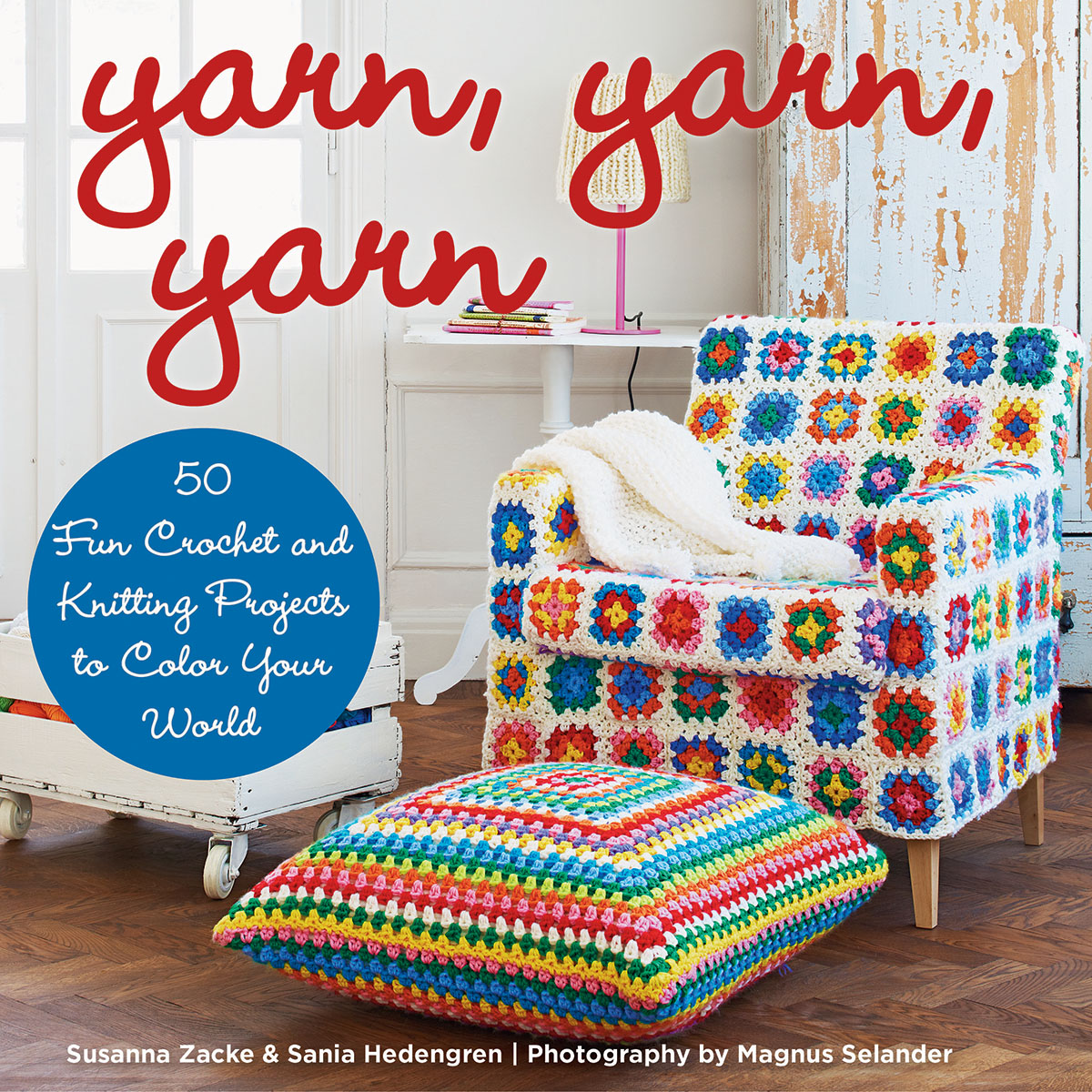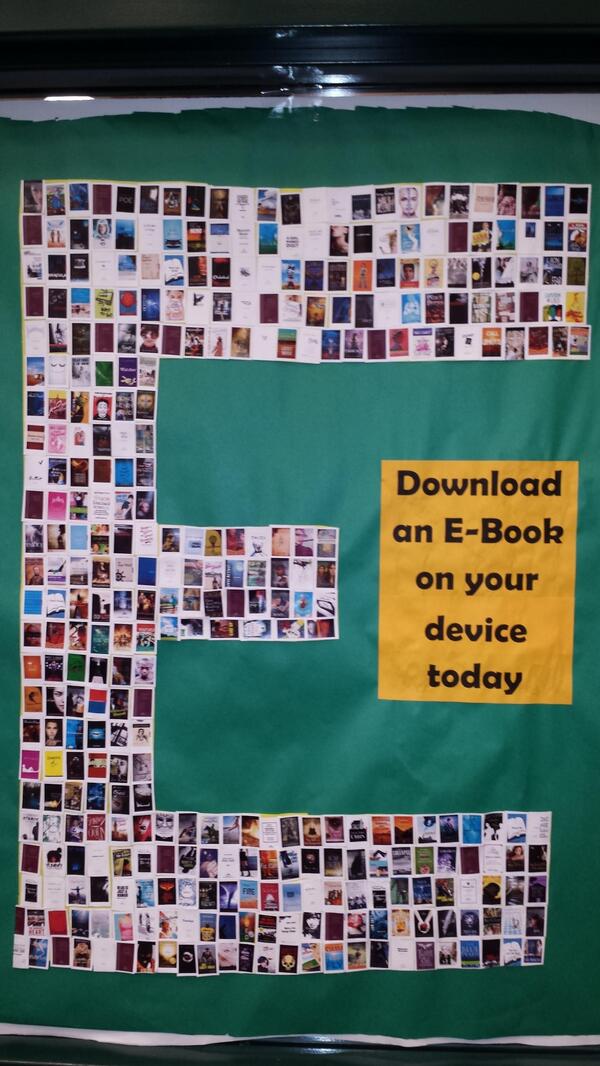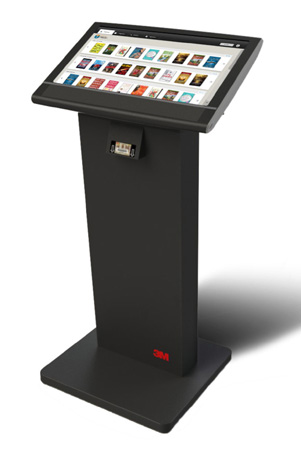Library volunteers - we all get the requests, but what to do
with them? There is just only so much dusting, weeding, children programming prep, and mending you can have them do. Below are some ideas that have been successful at other libraries, especially for teens and adults.
Please keep in mind - some union contracts may not allow certain tasks to be
performed by volunteers, so before you do anything, make sure you double check
with your Director what you can and cannot have a volunteer do.
Window Artists
If your volunteers are artistic, get
them to work on your windows! All they need are brushes, tempera paint, and a
dab of dish soap (just to make it easier to wash off afterwards). You could
have them paint advertisements of upcoming events or you can do seasonal themes. Better yet – pick
out a children’s picture book and ask them to paint an inspiration from it,
then you can put the book on display.
 |
| Children's Room windows at the Marlborough Public Library. Teens painted their inspirations from The Very Hungry Caterpillar by Eric Carle |
Outreach Specialists
Is there any library that does this
enough? Find outgoing people who are willing to promote library services and
resources at community events and festivals. They can even bring library card registration forms or a floating book collection, which we discussed a
few months back.
Program Facilitators
Tap into your volunteer’s passion.
What kind of programs could they run at the library and you provide the
advertising?
Pikes Peak Library District has a
manga artist run their anime meetings as well as teachers to run their ESL
circles and teach foreign languages. Don’t
be afraid to think outside of the box!
Alachua County Library District has
local history aides staffed by volunteers.
Shelf Managers
By far, this is the favorite position our
teens enjoy at our library. We train them to be shelf readers and they spend
half their time making sure their section is in order and the other half of the
time shifting books. If you have any pages, see if you can match your shelf
mangers to a page and have the page supervise their work. (If people are unable to pass the shelf reading test, have them only focus on shifting books. There's always plenty of work to be done there.)
Library Photographers
Train a few photographers to come in
and take pictures of your big events or final products. We include a photo release with our online registration so we can easily know ahead of time who we can photograph, but we also give the
photographers permission forms to hand out if needed. Make sure they download
their favorite pictures on your computer BEFORE they leave, or you may never
get them. This program has been very beneficial for our social media networks and our website -- and all of our library photographers are teen volunteers. Note: Make sure you credit them for their work! They like to see their name attached to their pictures. Also, consider investing in a DSLR camera. The picture quality greatly increases, even if you just use the auto mode.
 |
| Photo Credit: MPL Photographer, Lauren Munday |
Social Media Managers
Social media can easily eat up a lot
of anyone’s time, especially if you're trying to
post on Facebook twice a day. There’s no reason why a librarian needs to manage these
accounts 24/7. Volunteers can help post new information that may interest
patrons (if you don’t want to link them directly to your account, you can have
them email you links) and there are 3
rd party apps for Instagram like
Iconosquare which will let you repost content, so your volunteers will only
need to tag you and you can reshare. Create a content guideline and find ways to divide up the work!
Collection Assistants
Use volunteers to help you fine-tune
your collection. Print out reports of missing books so they can double check
they are not on the shelves and then you can delete them. Have them look up
your series (
fiction, manga, and graphic novels) and make a list of missing
books for you to order. If you put stickers on your books (like Teen’s Top
Ten), have them hunt them out and add them.
Technology Gurus
Some libraries let volunteers work one-on-one
with patrons. Other libraries tap into their skills to help keep up with their own
computers like installing updates and reimaging laptops so all the junk is
cleared off of them and they won't slow down. You know, the things that you know you should be doing, but never have time to do...
Library Marketers
The more you market your programs,
the more the community will know about them. A volunteer can easily post all of
your events online like Patch.com, your local newspapers, and most especially the
local TV station. They could deliver fliers around the city/town. They can hand
stacks of the library newsletters to local grocery stores and hair salons. They
could write up press releases and news articles about programs past which you
can send to the local newspapers. They could even help create ads for your
website and social media, if you like their artistic style (Remember
Canva? It can
do wonders, if you have the time!).
Find Your Passion and Turn It Into a Volunteer Opportunity
South Brunswick Public Library has a puppeteer program where they teach
teens how to do a show and then the teens perform for children at the library.
Marlborough Public Library had a
4D Movie presentation of Frozen where teens engaged
all of the five senses during the movie.
Louisville Public Library has a Reading Buddies program that connect struggling young readers with teens to practice reading each semester. None of these are quick volunteer
opportunities, but they give volunteers a chance to learn a new skill, be very creative, and
provide a program to local patrons. It could be very rewarding!
Summer Bonus
Is your library buzzing with patrons unable to find their school's required summer reading books? Consider doing what
Shrewsbury Public Library did and create teen greeters. They sit at table near the door with school book lists in hand. They are trained to find the books on the shelves and, if they are all checked out, they can help patrons request the book from another library. Summer chaos avoided!


















